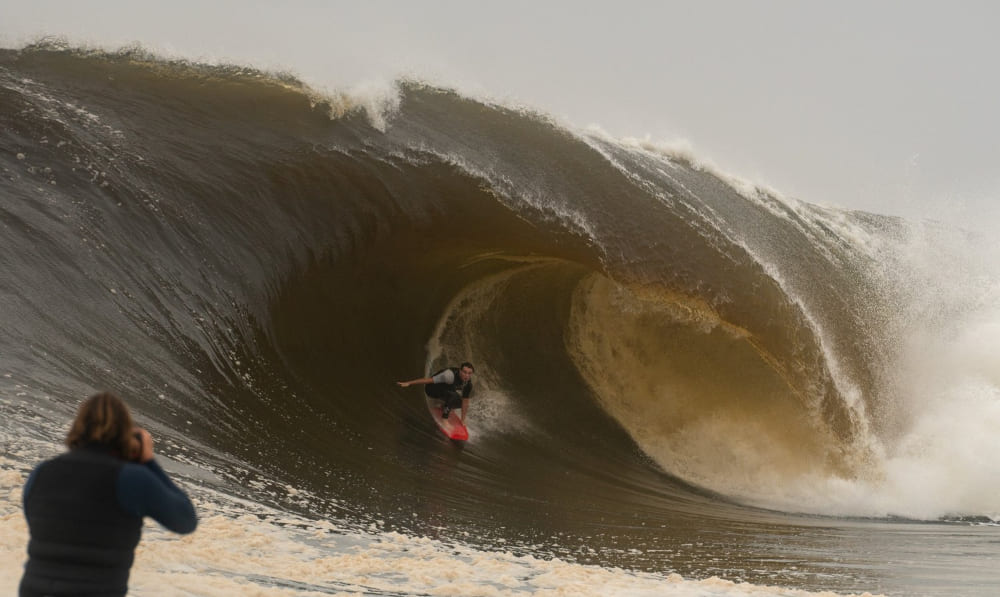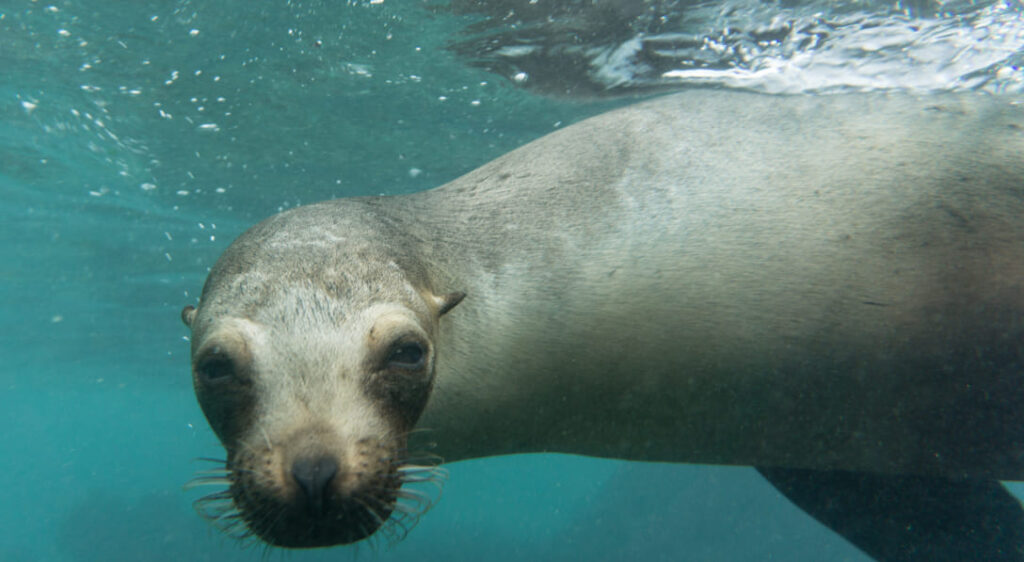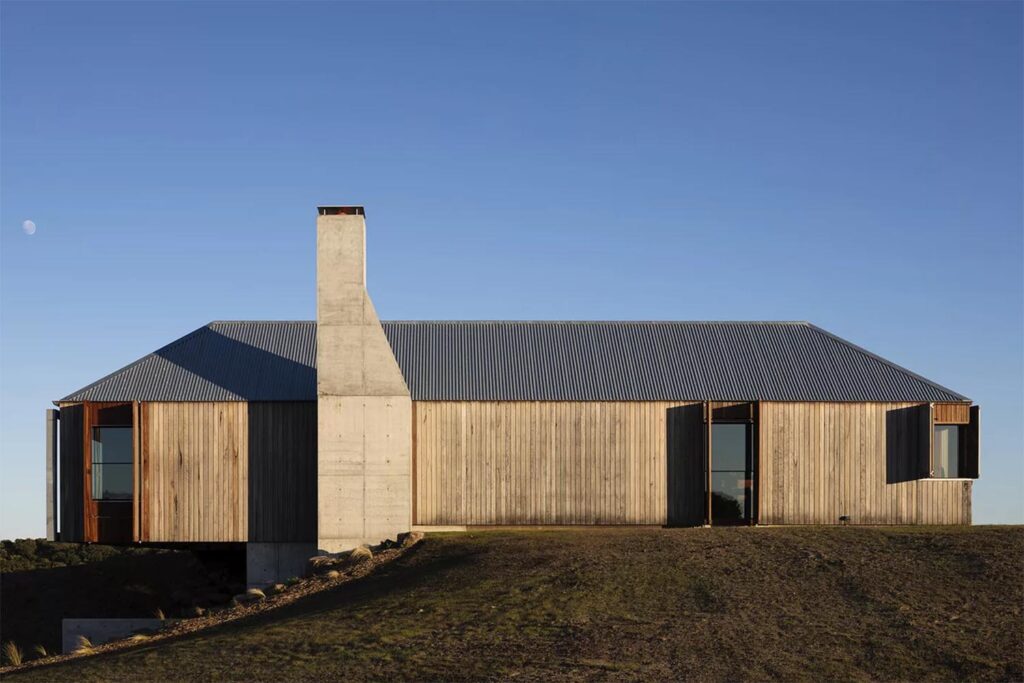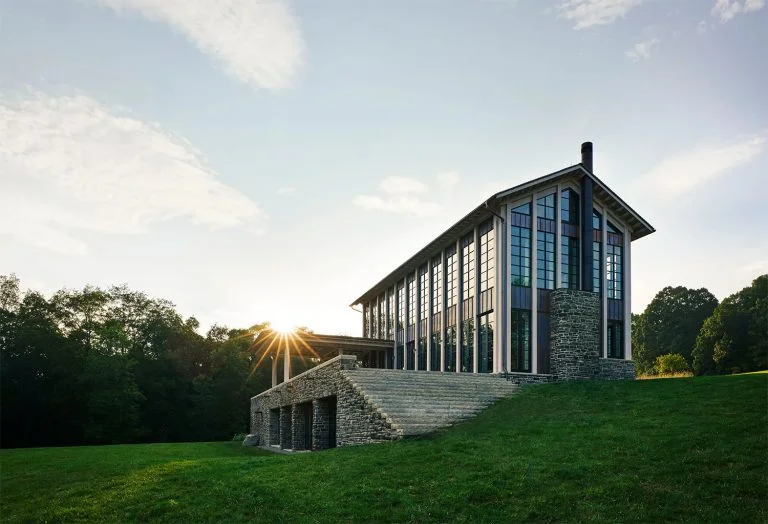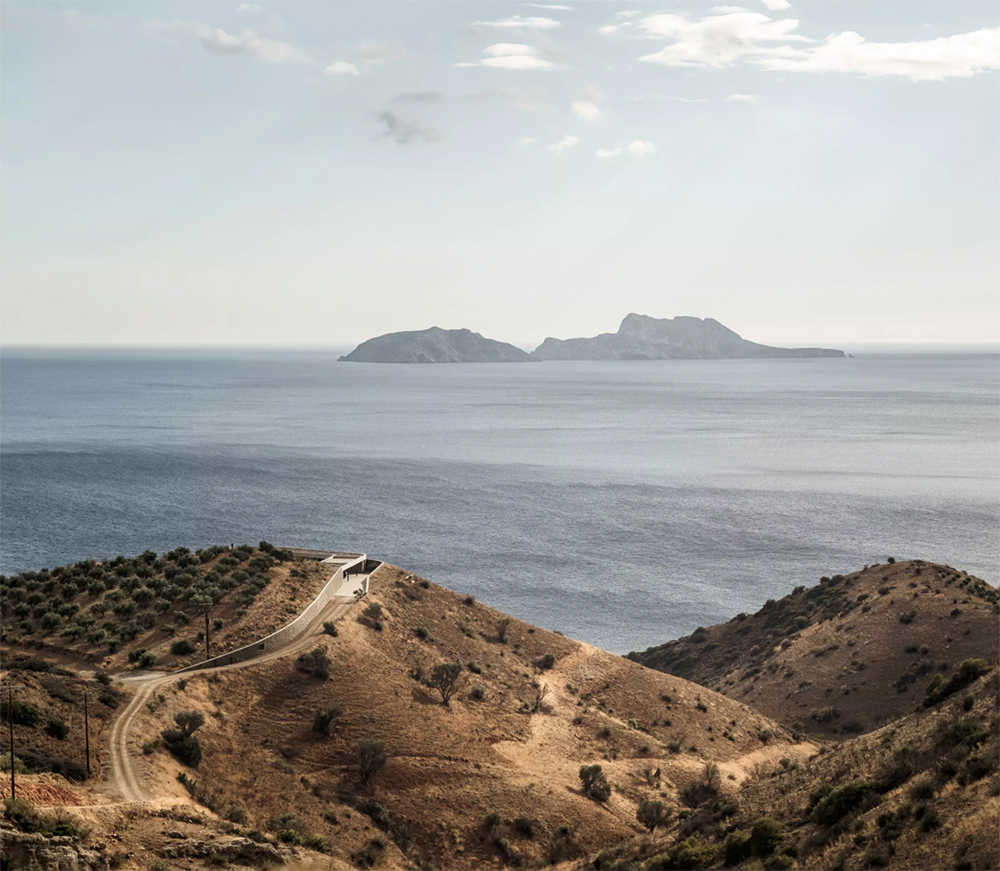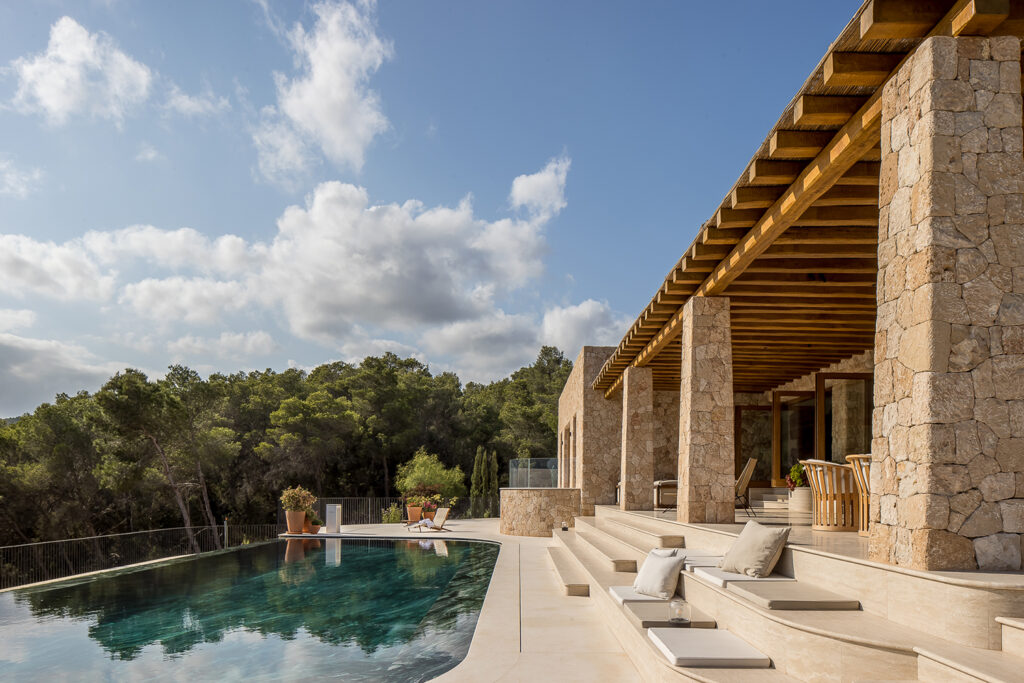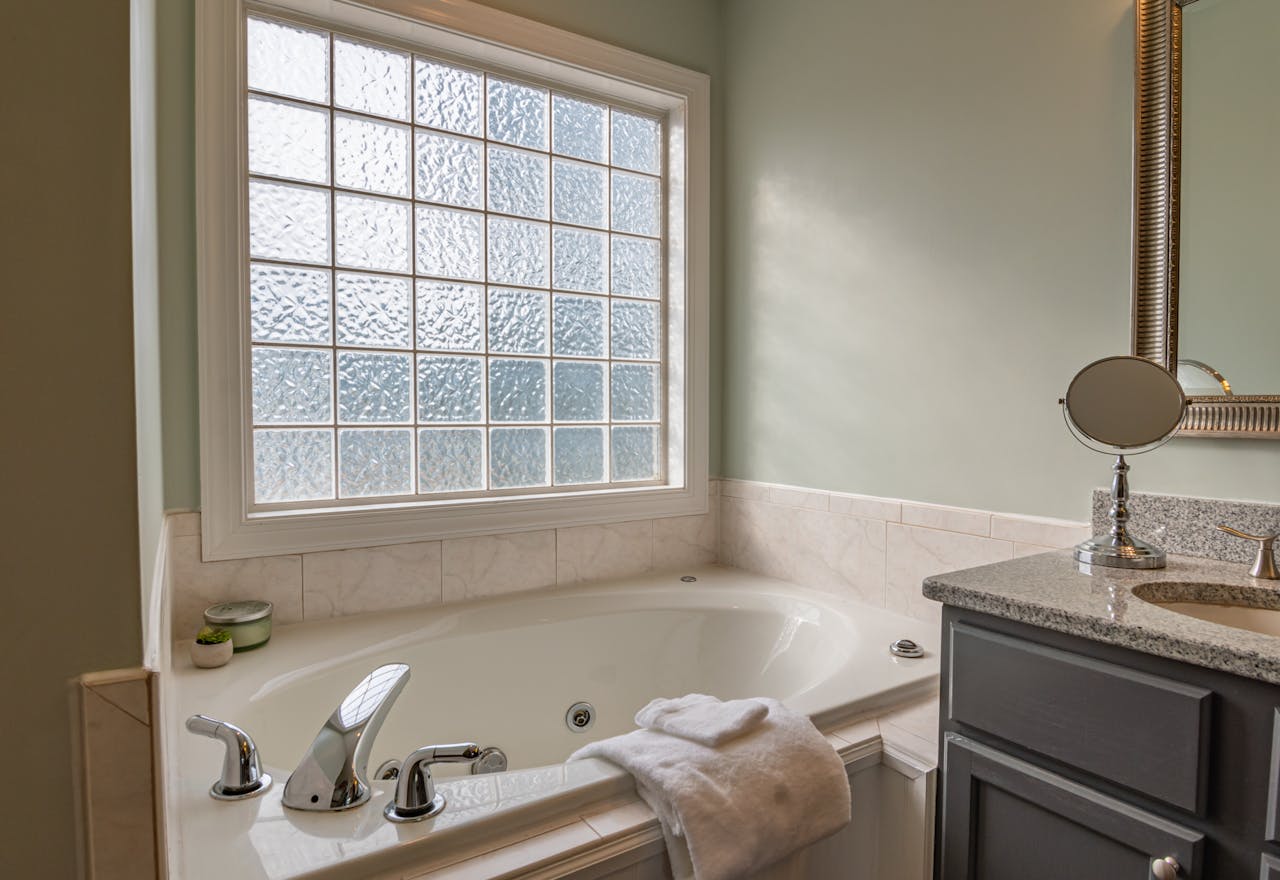
News, informative articles and curiosities !
Latest Blogs
CTC Continuous Transaction Control ➤ Explained Simply
CTC Continuous Transaction Control: It’s here to stay Let’s talk about a topic that, I…
Ship to Delaware To Avoid Sales Tax
How to Ship to Delaware to Avoid Sales Tax (and not feel guilty about it)…
Super Sessions: Dirty Brown Nuggets at the Cape!
Cape Solander is world renown for being one of the heaviest and most dangerous waves…
The Galápagos Sea Lion, The puppy dogs of the ocean
It’s not hard to imagine why Sea Lions are labelled the puppy dog of the…
37 Breathtaking Winners From Sony’s World Photography Awards
Now in its second year, Sony World Photography Awards‘ National Award uncovers the best single image…
Zen and The Art of Farmhouse
Victoria, Australia The form is indisputably farm-like. So, do we care that the house is…
Sleek n’ Chic Barn-inspired Home in Upstate New York
We love the Sublime grandeur in this masterpiece. What are your thoughts on this ?…
Ring House, Crete
Between 2012-2013 Athens, Greece-based decaACHITECTURE designed the concept and master plan for a stunning three-building compound, Galinis…
Rock Solid, In Ibiza
Welcome to Can Brut on The Archipelago of Spain In The Mediterranean Sea Can Brut…
Learn the Story Behind Ninos Realty News and Our Mission
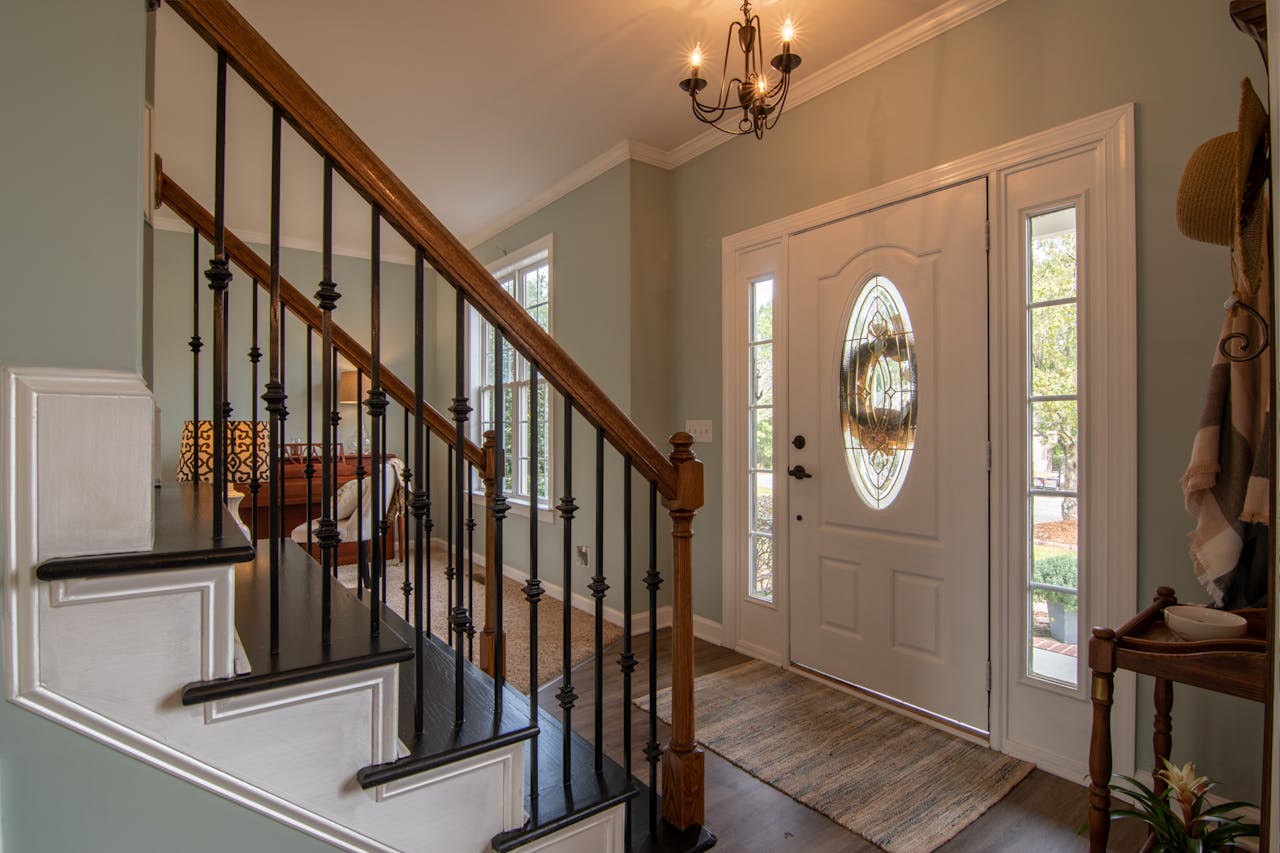
A dedicated team transforming real estate experiences for buyers and sellers alike.
Ninos Realty News is a distinguished real estate agency based in a vibrant urban community. Specializing in sales, acquisitions, and rentals, they provide tailored services to both buyers and sellers seeking outstanding properties. Founded by a team of dedicated real estate experts, Ninos Realty News has earned a reputation for exceptional client satisfaction and in-depth market knowledge. Clients choose them for their personalized approach and insightful understanding of architectural trends, ensuring a seamless and informed experience in the dynamic real estate landscape.
01
Property Sales
02
Property Acquisitions
03
Rental Services
Our Process
How We Ensure Your Success in Real Estate
Step
01
Consultation
We start with understanding your unique real estate needs.
Step
02
Tailored Solutions
Our experts create customized strategies for buying, selling, or renting properties.
Step
03
Ongoing Support
We provide continuous guidance throughout your real estate journey.
Client Feedback
What Our Clients Are Saying
4.8
4.7*

John Smith
Business Owner
4.7*

Emily Johnson
Business Owner
4.7*

Sarah Brown
Business Owner



